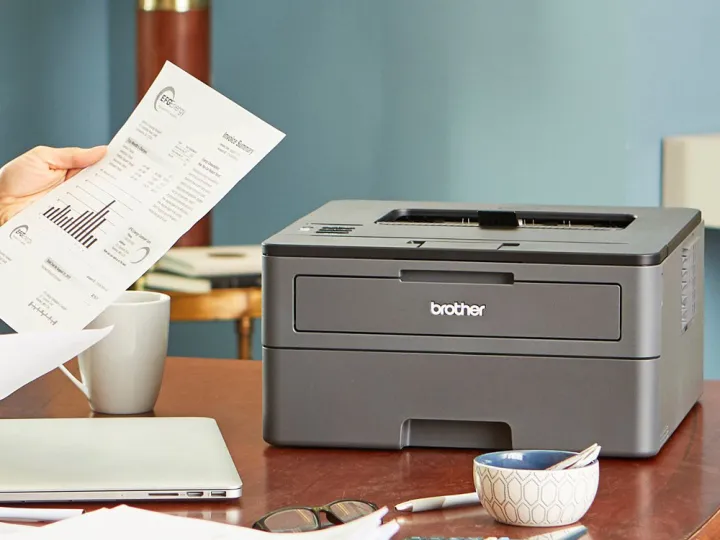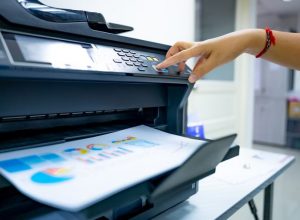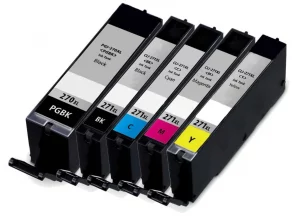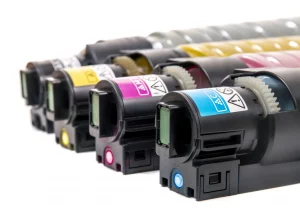Contents
Understanding the Choice Between Monochrome Laser Printers and Color Printers
When it comes to selecting a printer for personal use or for a business environment, the decision often boils down to choosing between a monochrome laser printer and a color printer. Each type of printer comes with its own set of advantages, disadvantages, and specific features that can greatly affect your printing costs, quality, and overall efficiency. To make an informed decision, it’s essential to analyze several criteria that will guide your choice effectively.
Cost Considerations
The initial purchase price of the printer is a significant factor. Monochrome laser printers generally have lower upfront costs compared to color printers. However, one must also consider the overall cost of ownership, which includes the cost of toner cartridges, maintenance, and any other consumables.
Monochrome laser printers use one type of toner, which typically costs less and lasts longer than color toner cartridges. On the other hand, color printers require multiple cartridges, which can be expensive and lead to higher operational costs over time.
Print Volume and Speed
Assessing your printing volume is crucial in selecting the right printer. If your needs involve high-volume document printing, a monochrome laser printer will likely be more efficient as it is designed to handle large quantities of print jobs quickly. These printers typically have faster print speeds compared to their color counterparts.
In scenarios where color printing is not frequently required, a monochrome laser printer can deliver better speed and performance for text-heavy documents. For general-purpose use where presentation materials and photographs are needed, a color printer would be more suitable.
Print Quality
Print quality varies significantly between monochrome and color printers, especially when it comes to different types of documents. Monochrome laser printers excel in producing clear, sharp text and graphics for professional documents such as reports, contracts, and memos.
Color printers, whether inkjet or laser, provide excellent color reproduction, making them ideal for printing graphics, photographs, and creative materials. If your business requires vibrant color prints and high-resolution images, it is essential to opt for a color printer.
Types of Documents and Use Cases
Identifying the types of documents you will be printing can greatly affect your decision. For instance:
| Document Type | Recommended Printer Type | Reason |
|---|---|---|
| Text-heavy documents | Monochrome Laser Printer | Fast printing speed, cost-effectiveness, and sharp text quality |
| Color graphics and presentations | Color Printer | Rich color reproduction and high-resolution printing capabilities |
| Mixed documents (text and color) | Color Printer | Versatile for various printing needs |
| Business reports, invoices | Monochrome Laser Printer | Professional appearance and lower printing costs |
Operational Costs Over Time
When evaluating operational costs, it is vital to analyze not only the toner costs but also maintenance and potential repairs. Monochrome laser printers tend to require less maintenance overall compared to color printers, as color printers have more components that can wear out or need replacement over time. It is advisable to review the estimated page yields of cartridges, along with the frequency of replacement, to estimate long-term costs accurately.
Space and Connectivity
Another critical factor is the physical space where the printer will be placed. Monochrome laser printers usually have a more compact design, making them suitable for smaller office spaces or home offices. Additionally, consider the connectivity options available, such as USB, Ethernet, and wireless capabilities. Many modern color printers offer advanced connectivity features, which might be crucial depending on your setup.
Environmental Impact and Energy Efficiency
Environmental considerations are becoming increasingly important in the selection of office equipment. Generally, monochrome laser printers consume less energy than color printers, especially when it comes to printing large volumes of pages. When assessing energy usage, refer to the ENERGY STAR rating that provides a standard for energy-efficient printers. This can significantly influence both operational costs and environmental footprint.
Final Considerations
Choosing between a monochrome laser printer and a color printer requires careful consideration of several factors, including cost, print volume, speed, print quality, document types, operational costs, space, connectivity, and environmental impact. Analyze your printing needs, and weigh the advantages and disadvantages of each type in relation to these criteria to make the most suitable choice for your situation.






